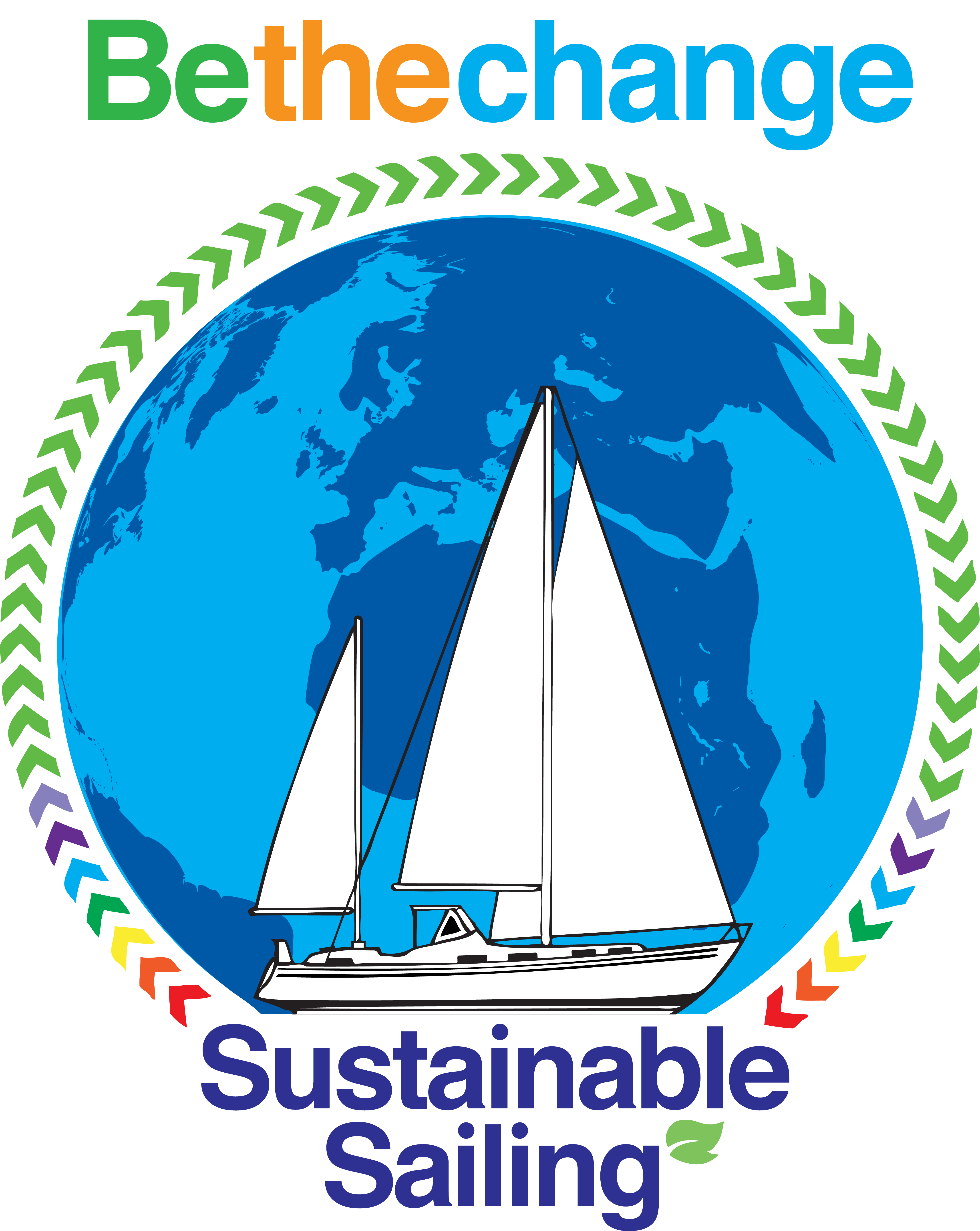Month: October 2020
-
Avoiding engineering calculation paralysis
Two recent examples have in equal measures frustrated and amused me. In their plans for Ruby Rose 2 Nick and Terysa have oodles of calculations but they appear to be aimed at justifying fitting large diesel engines because an all electric boat isn’t possible. They seem to have totally missed what was shown to be…
-
Opportunity for reflection leading to decisions
So we have a holiday, it being half-term, however, as Manchester is in a tier 3 Lockdown and Wales in a Firebreak, we are at home. It does mean we can take time not just to do jobs and study (including propeller shaft and RYA Yachtmaster course) but also time to reflect on where we…
-
Into 2nd wave lockdowns
So a quick update on where we are at. The situation for Manchester is still chaos without agreement between the national and local governments regarding the level of lockdown we should be in. However, we are expecting to be more restricted soon (bearing in mind that Manchester has had it’d own lockdown for months anyway).…
-
Propeller shaft pitting
So I’ve started the cleaning up of our propeller shaft. It had some brown gunk (like a dried muddy residue from corrosion) but no rust of itself. However, in a number of places it has uncovered pitting. This seems to be concentrated on the bits that were just outside the various bearings etc. So the…
-
Friday progress 28
Today, thanks to help from one of our sons, we got the motor in its frame onto the boat and into the motor compartment. That means we have been able to measure all the holes for the motor mounts and the holes to fit them to the brackets and the holes in the brackets to…
-
Motor ready for installation
At last the electric motor is in it’s frame with reduction gear and extra bearing to support the coupling and Aquadrive connection. Just got to fit the motor mounts into the boat and drill the holes in the frame for them. That does mean 20 more holes in 6mm stainless steel. Best not to think…
-
Friday progress 27
We haven’t gone to Vida this week. Jane is busy on an essay and has first aid training. So I got some work on done on the extension to the motor frame. This is to support the 400mm length of shaft that connects to the aquadrive. That has several kg of couplings and CV joint…
